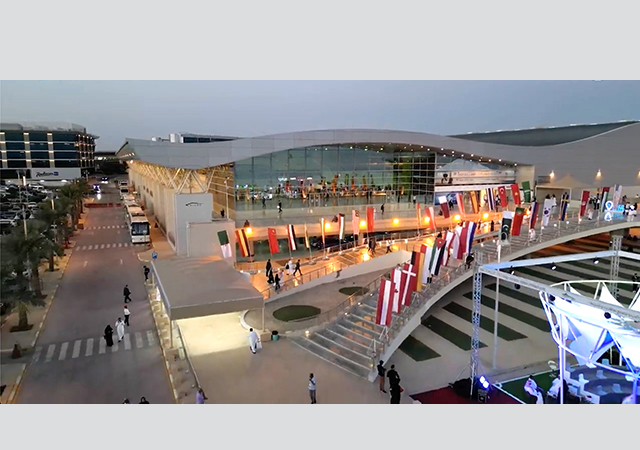
 A hyperbolic structure (top) and a diagram showing typical forces on a tensile fabric.
A hyperbolic structure (top) and a diagram showing typical forces on a tensile fabric.
The behaviour of tension fabric structures is little understood even among structural engineers, says Osama Al Thawadi, general manager of Gulf Shade, a Bahrain-based specialist in tensioned fabric structures. Here, he stresses the importance of employing the services of a tensioned fabric structure engineer right from the early design phase of a structure.
Tension fabric structures are commonly seen in many major cities of the world. However, there is very little knowledge about these types of structure.
To start with, there are few engineering firms and fabricators who specialise in this line of business. Companies specialised in engineering and manufacturing fabric tension structures need to constantly hone their skills and increase their awareness of some of the nuances of this niche engineering line.
Many structural engineers have an in-depth knowledge about the behaviour steel and concrete, but no knowledge about the behaviour of fabric. The methodology and the science of fabric engineering is totally different from that of steel and concrete. Fabric exhibits a non-linear behaviour under load while steel and concrete show a linear inclination. This makes the computation much more complex and lengthy. Computer software for fabric structures are not as common as those for steel or concrete structures - and there are very few firms who invest time and money in such software. This makes tensioned fabric structures a less available option.
One of the problems this lack of information poses is the role of the tensioned fabric structure engineer vis-a-vis that of an architect.
Tensioned fabric structures rely on the tension forces for stability and performance. They resist the load by being fully tensioned - the only way fabrics can carry loads is by being pulled. Their shape is determined in this way. The curvature helps in providing tension in the fabric.
Therefore, the tensioned fabric structural engineer plays the role of an architect in this particular situation. He is the one who can deduce what the the final shape of the structure and curvature of the fabric will be. He has to take the role of the architect.
Another element that needs to be scrutinised is the supporting structure of the tensioned fabric structure. In a conventional building, the supporting structures are clad and the architect is less concerned with appearance.
However, in tensioned fabric structures the supporting structures such as masts, cables and terminals are exposed. Being exposed, they have an impact on the overall architecture of its surroundings. Again, the tensioned fabric structure engineer and his creativity has major role to play in this aspect of the structure.
Another architectural aspect in tensioned fabric structures is the curvature of the cable. At the edge of the cable support structures, cables take a curved shape with a certain depth depending on the amount of tension in the fabric. These curvature depths have a bearing on the overall appearance of the structure. It is wrong to assume that the degree of curvature can be changed without affecting other elements of the supporting structure.
So it is imperative that a tensioned fabric structure engineer be involved at the design concept development stage of the project, so that fabric shape and curvature be known prior to submittal to client.


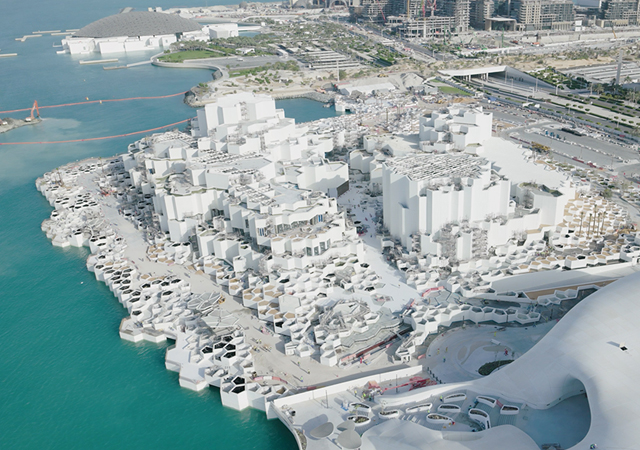
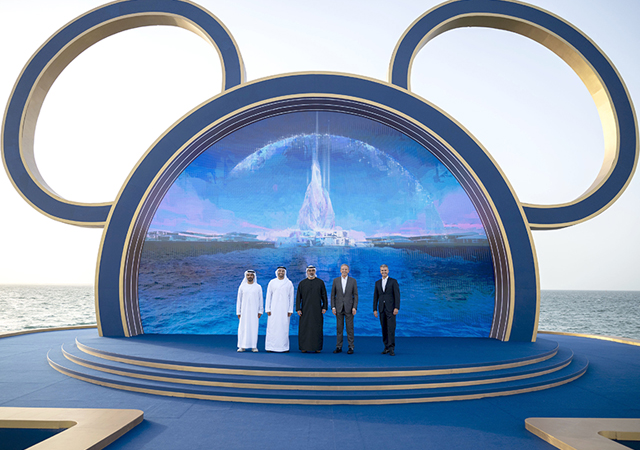
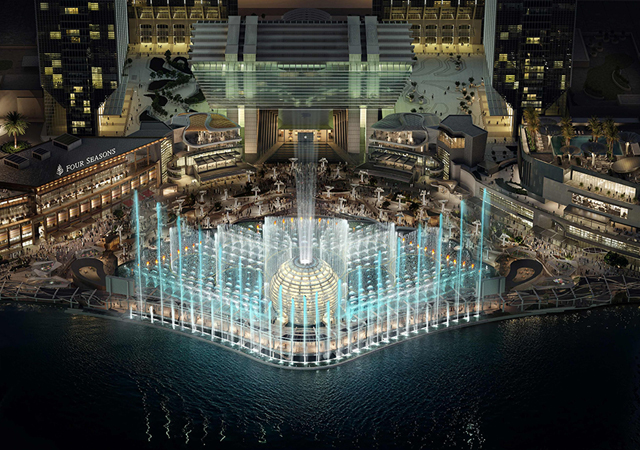
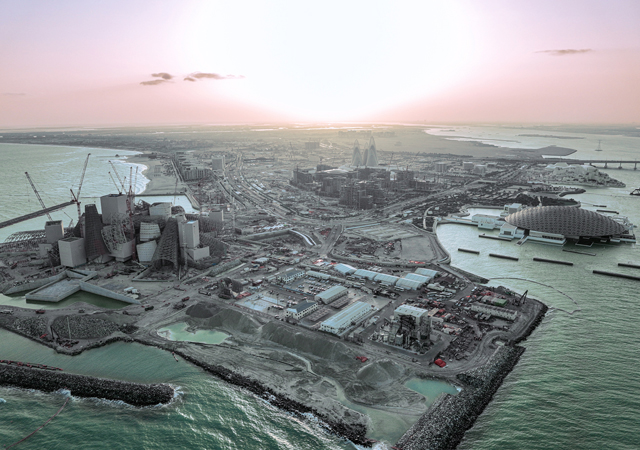
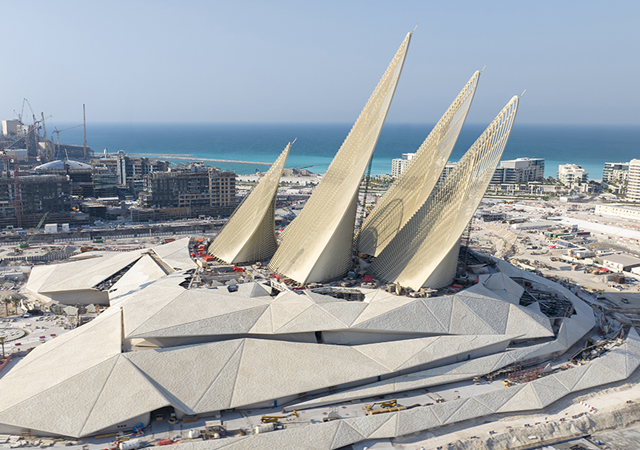
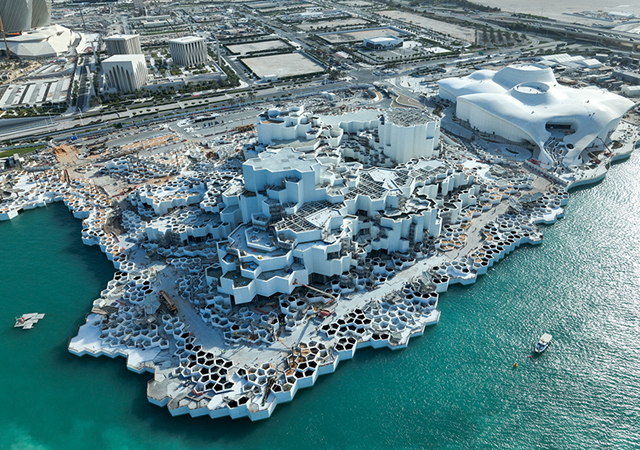
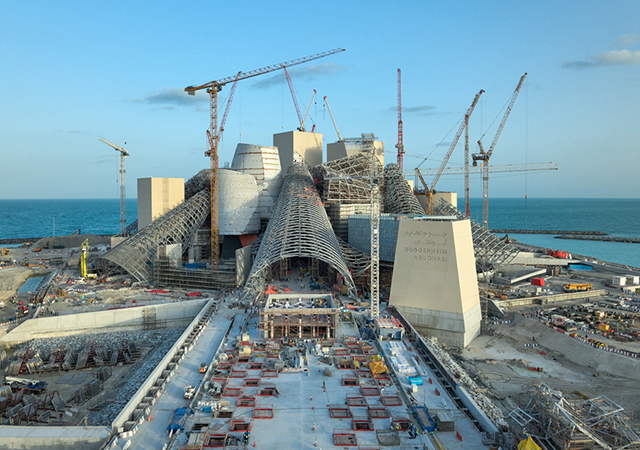
.jpg)
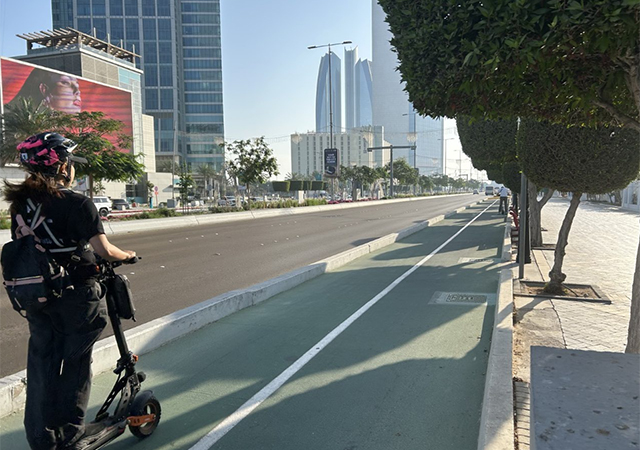
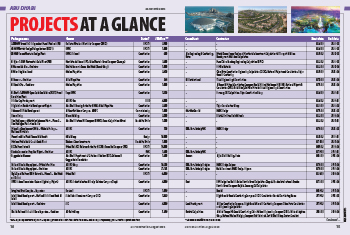
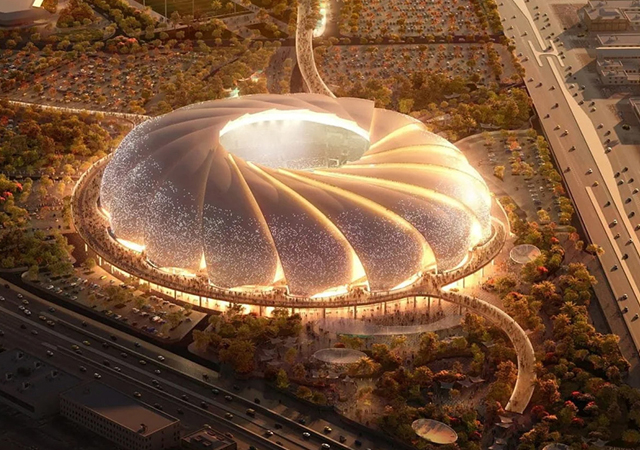
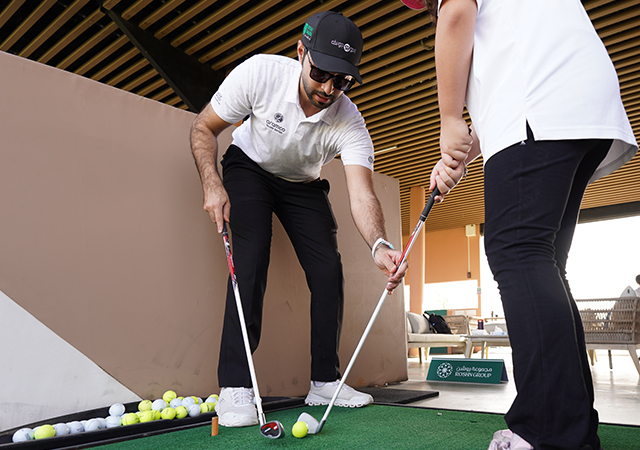
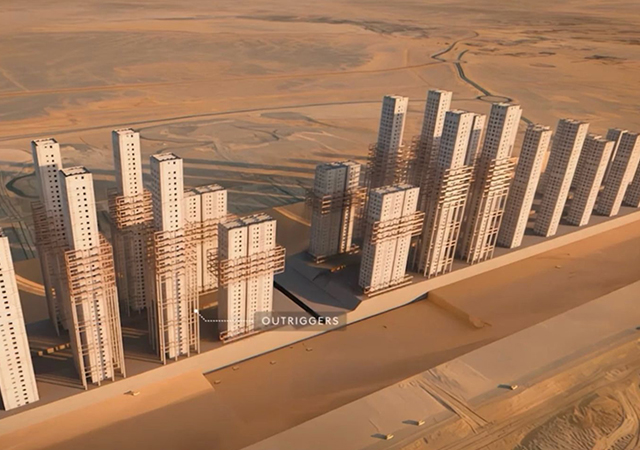
.jpg)
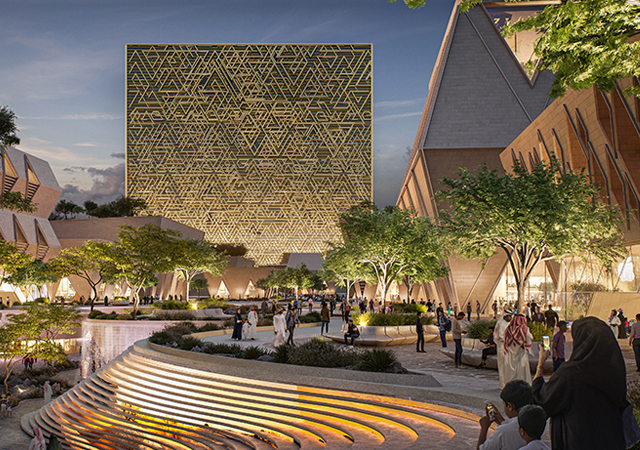
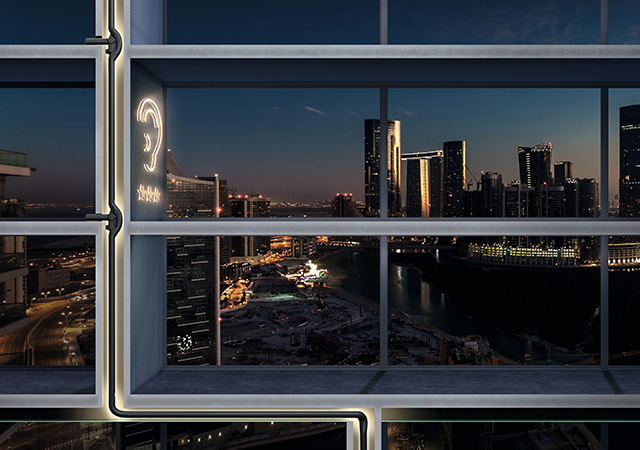
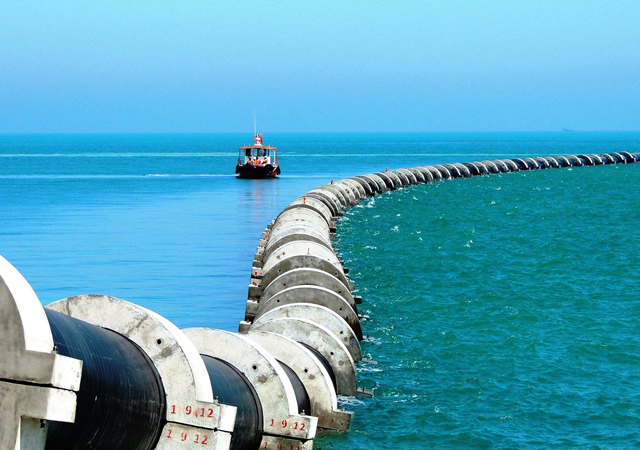



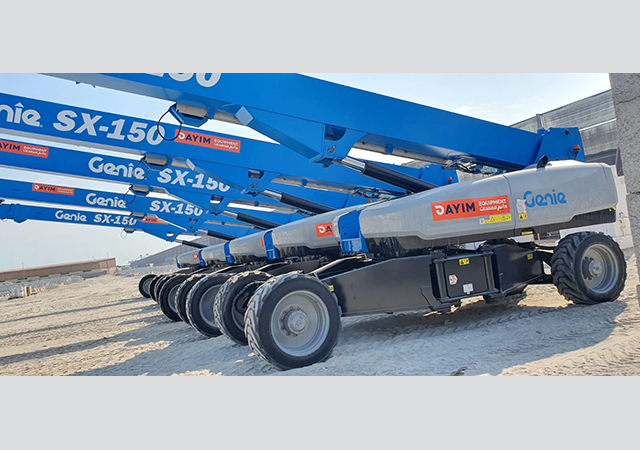
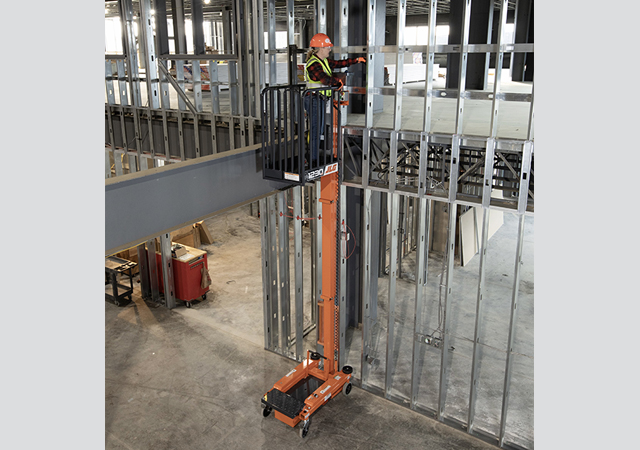
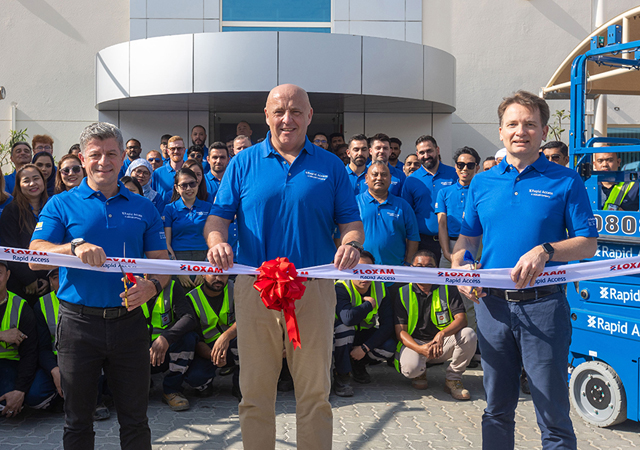
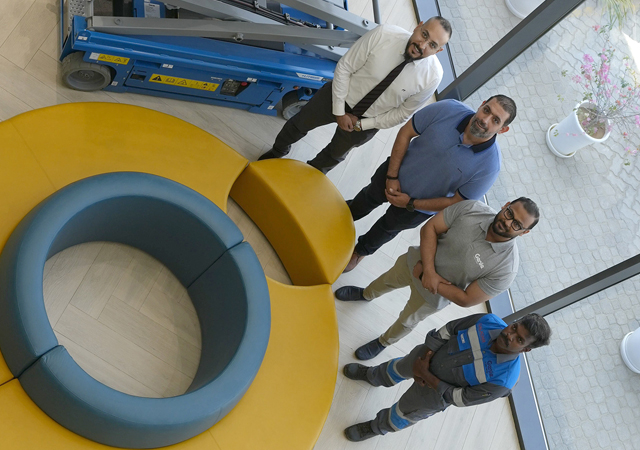
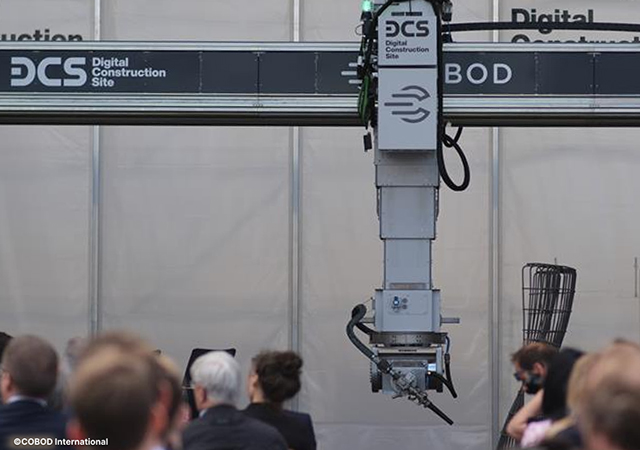
Doka (2).jpg)
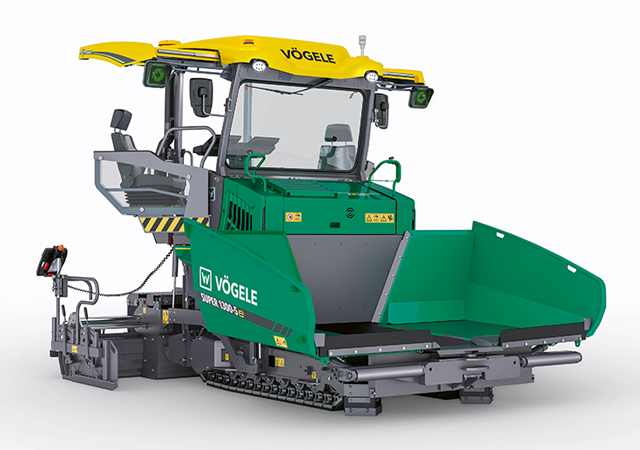
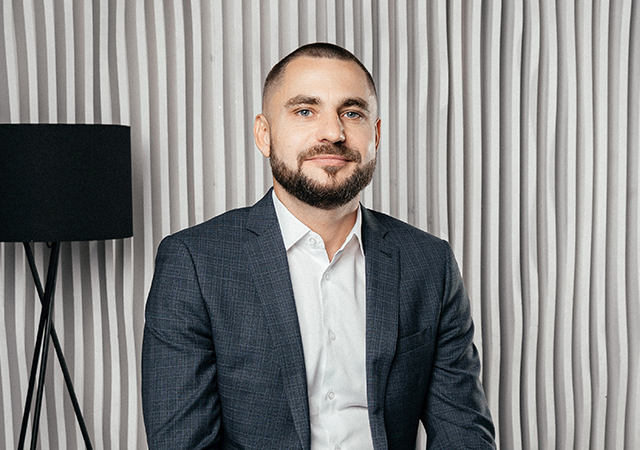

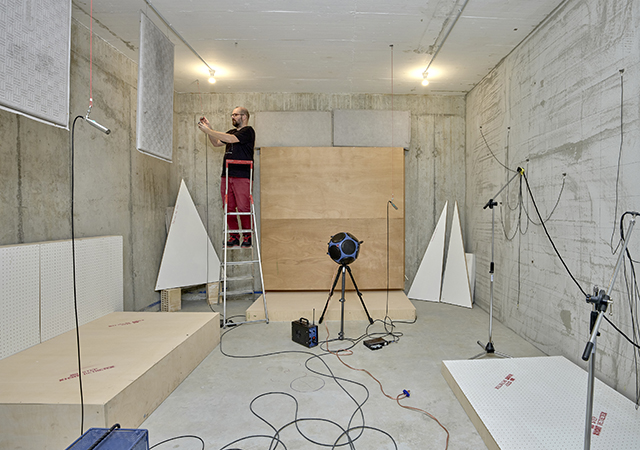
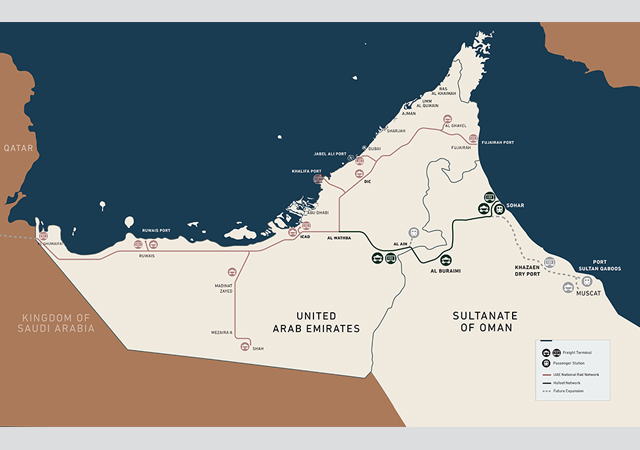
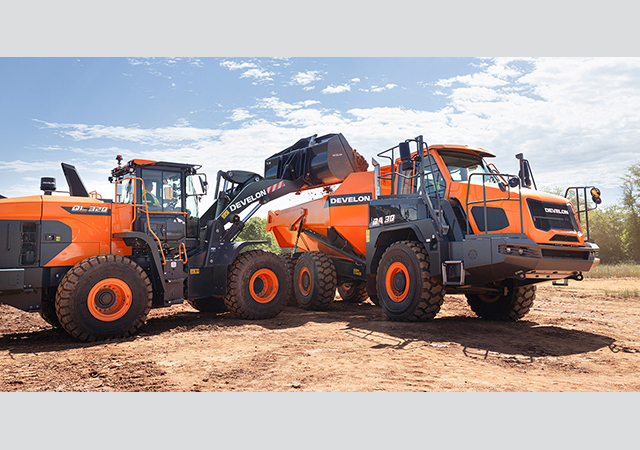
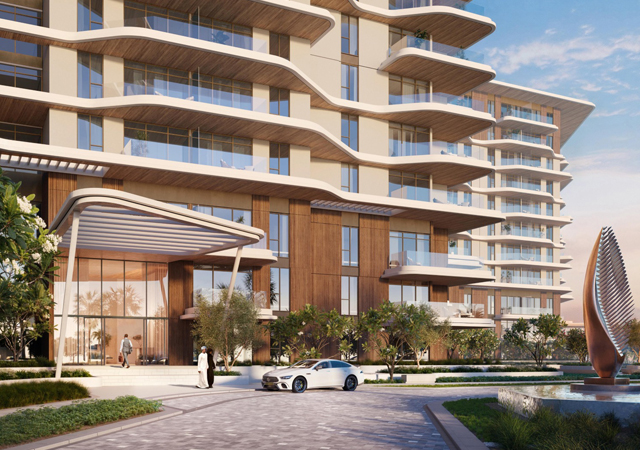


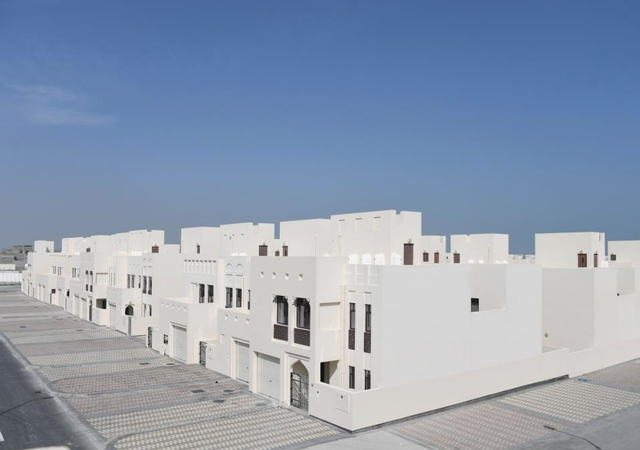
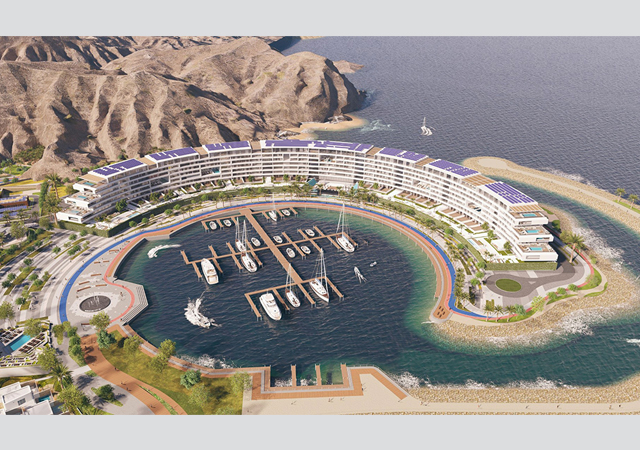
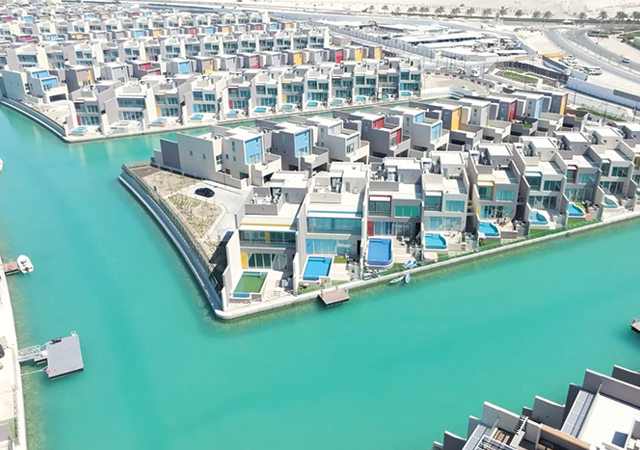
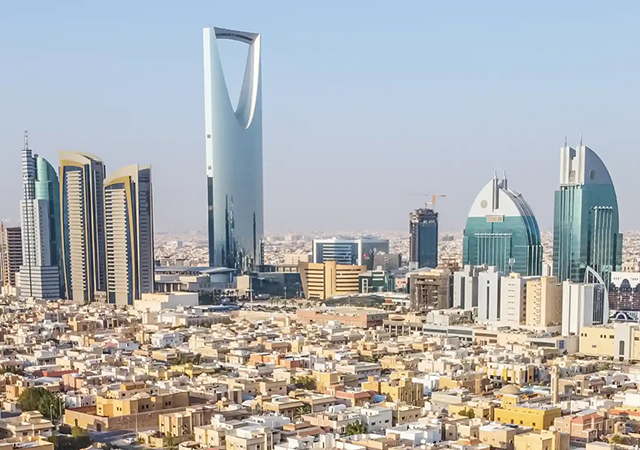
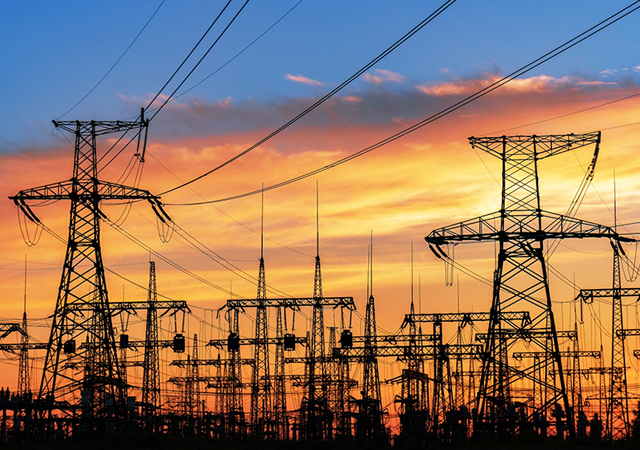
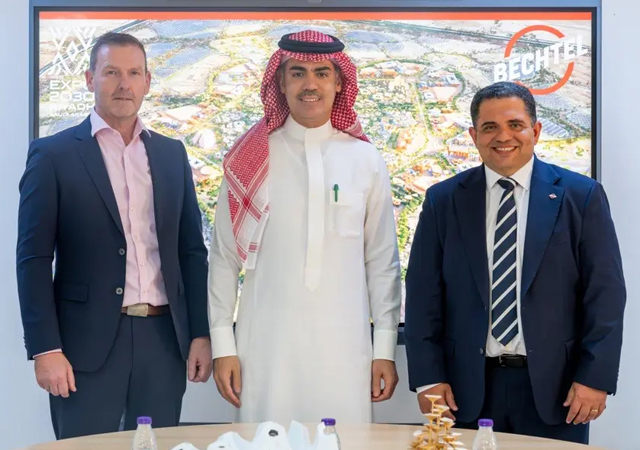
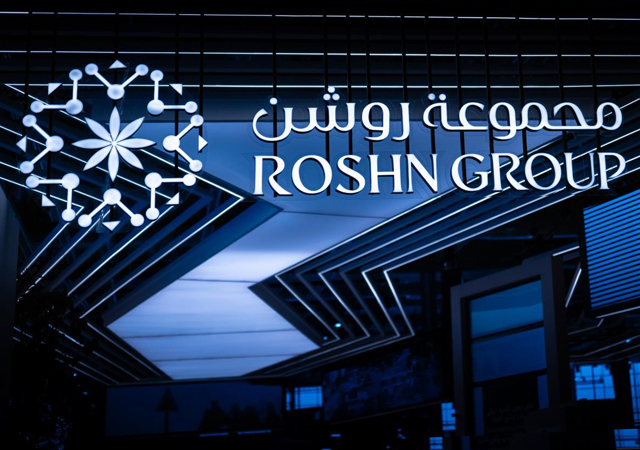
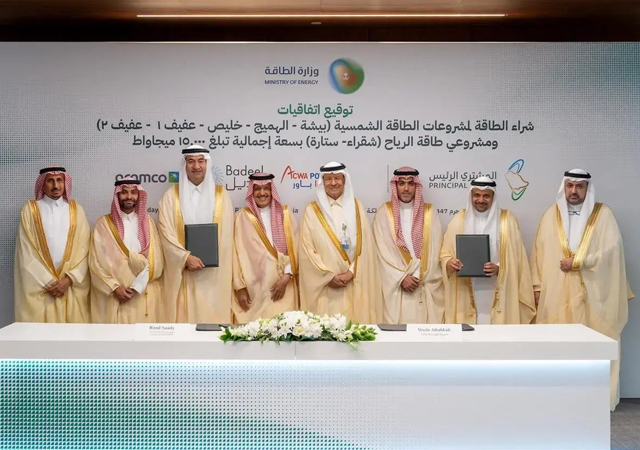
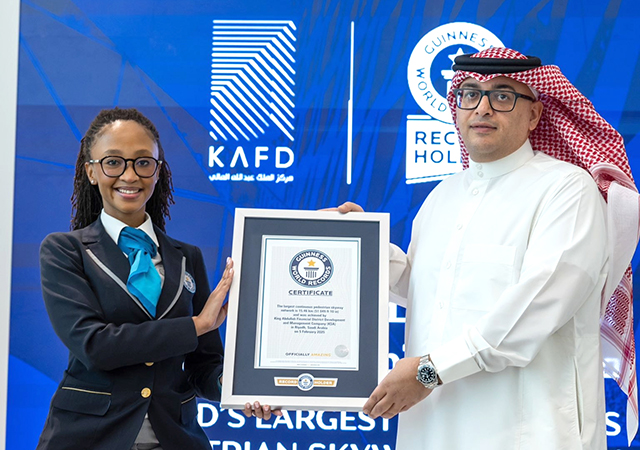
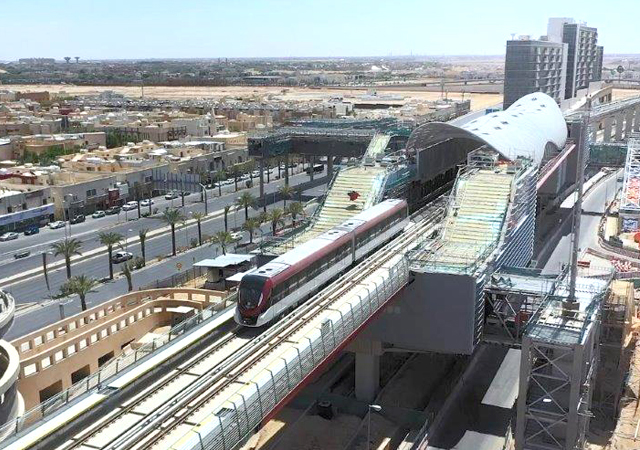
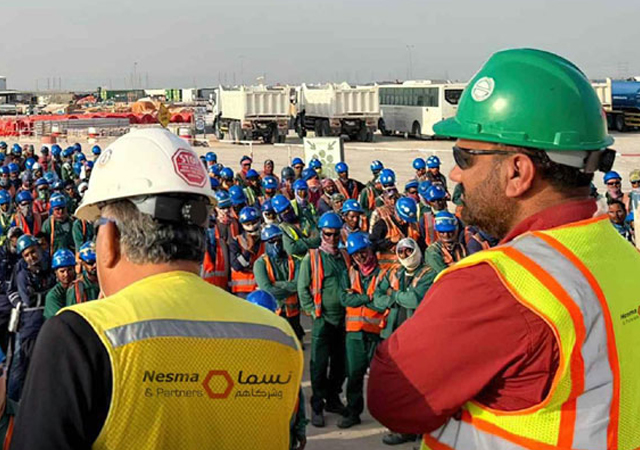
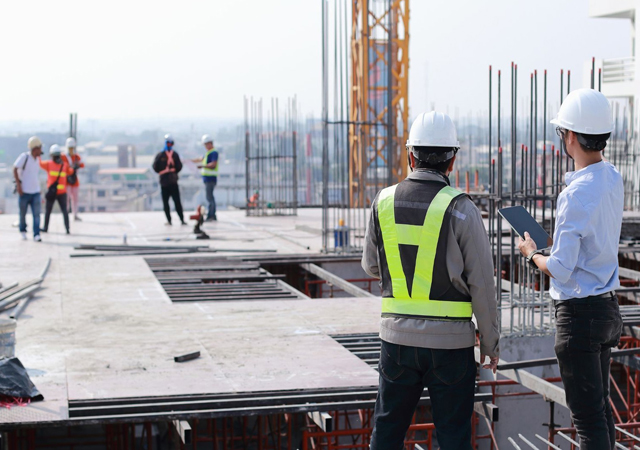
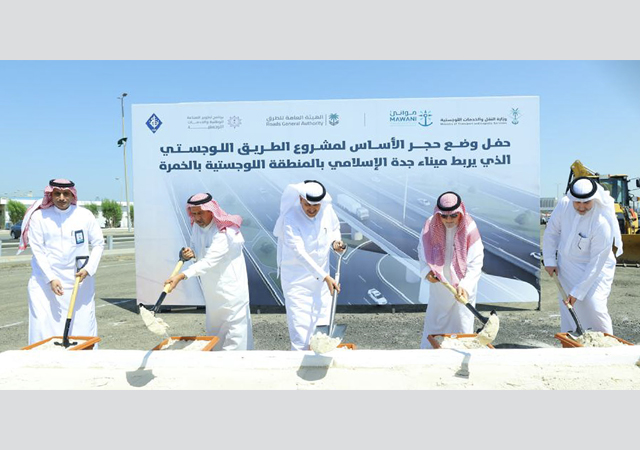
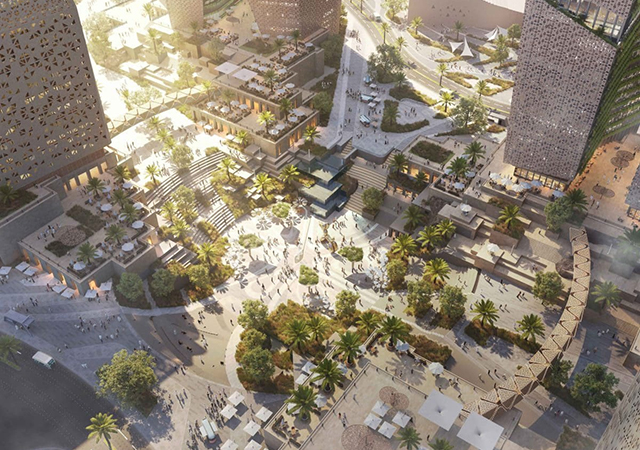

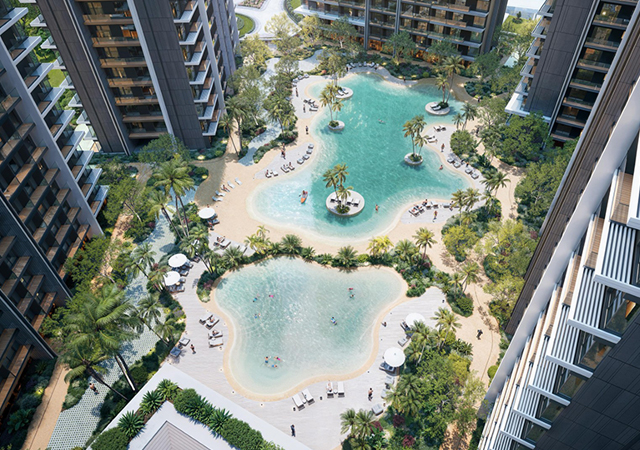
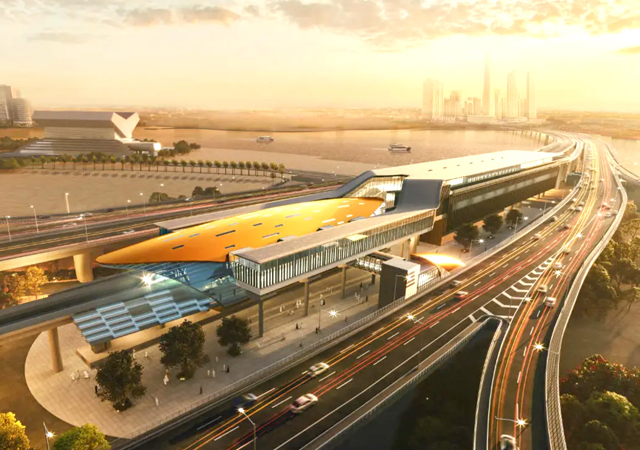
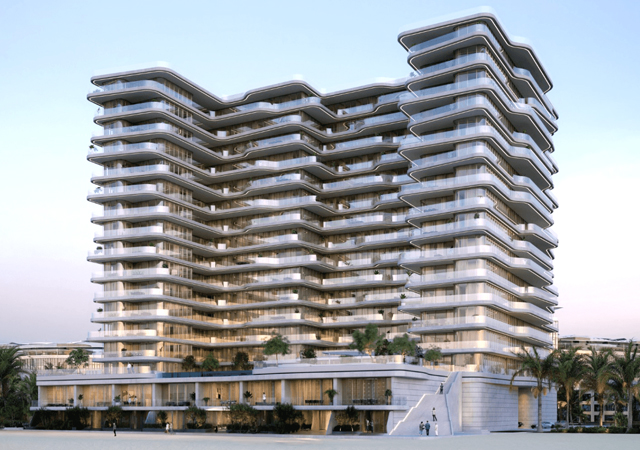
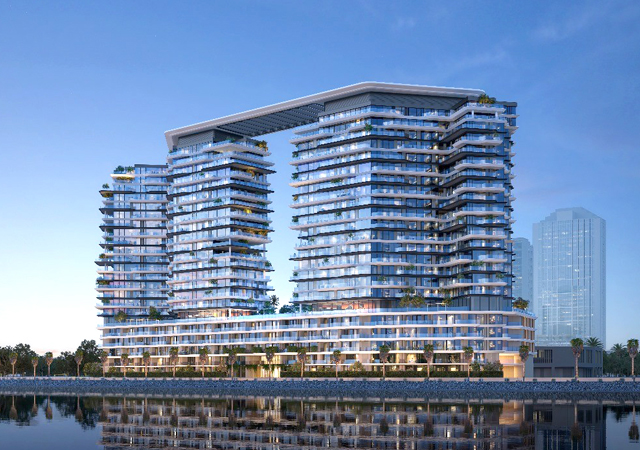
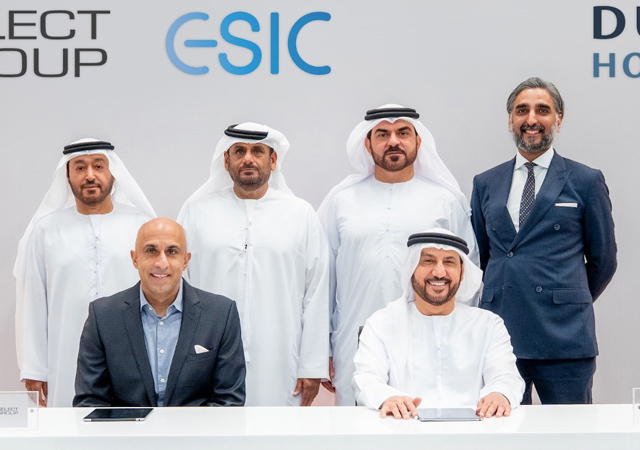
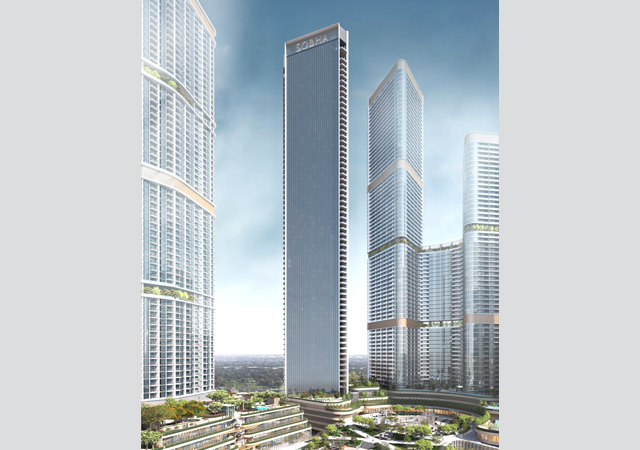
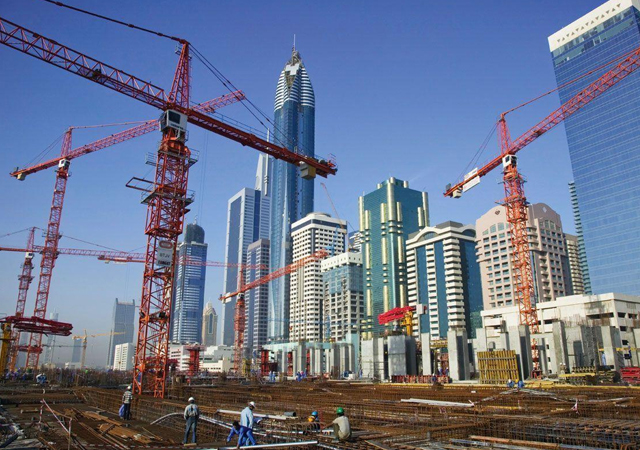
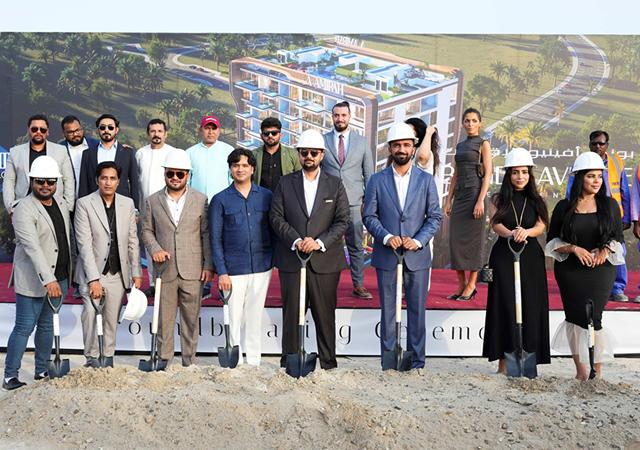
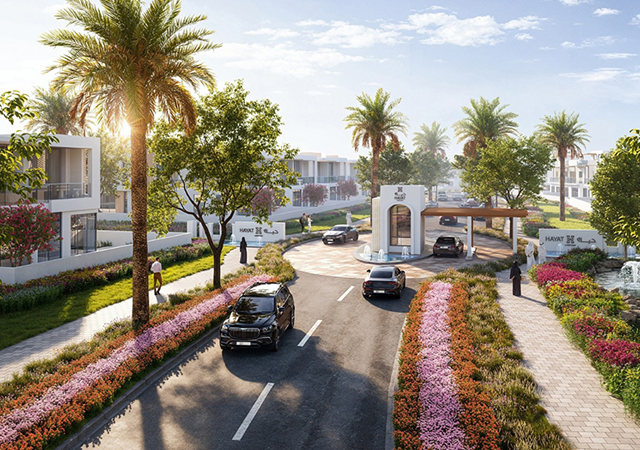
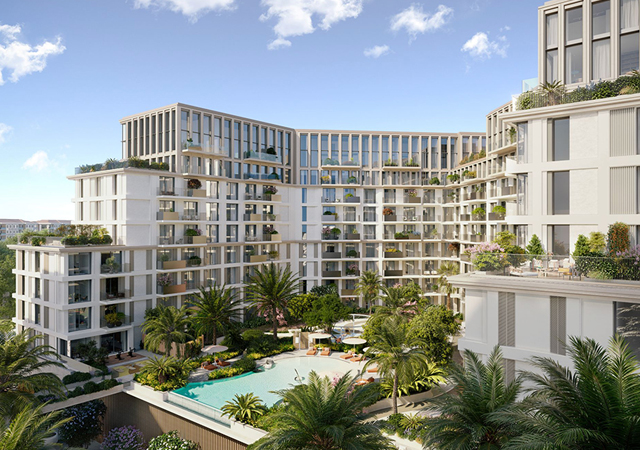
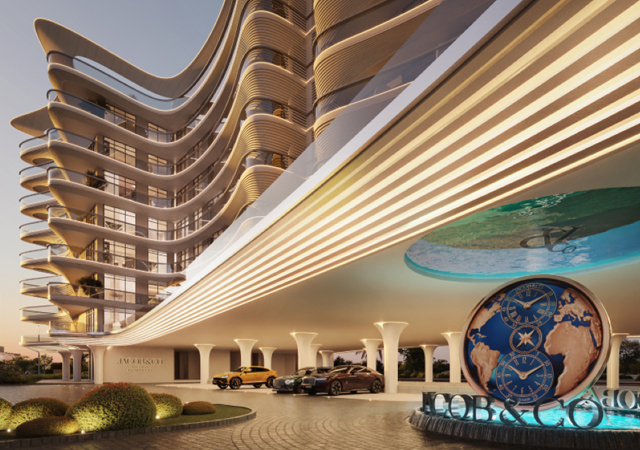
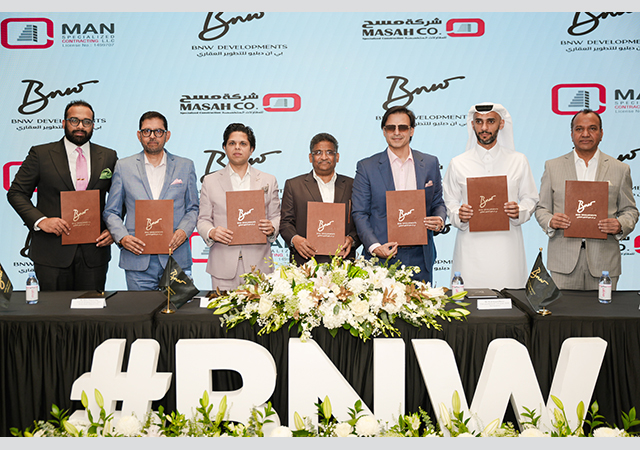
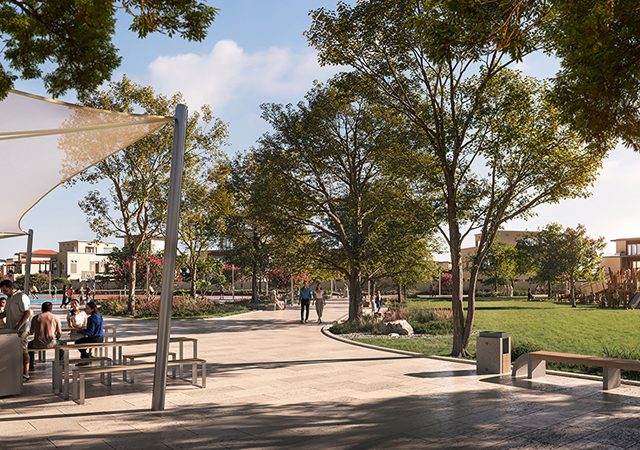
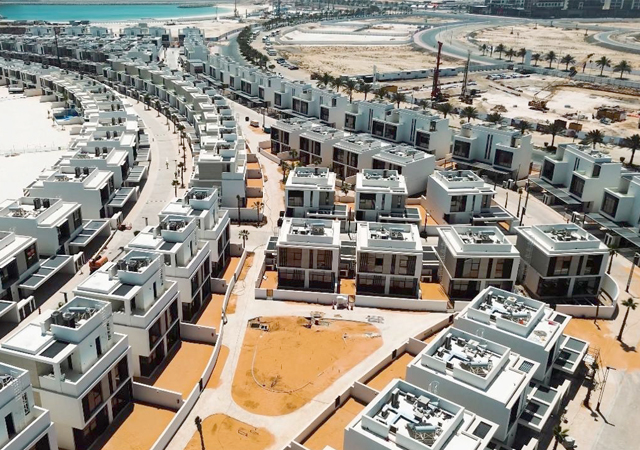
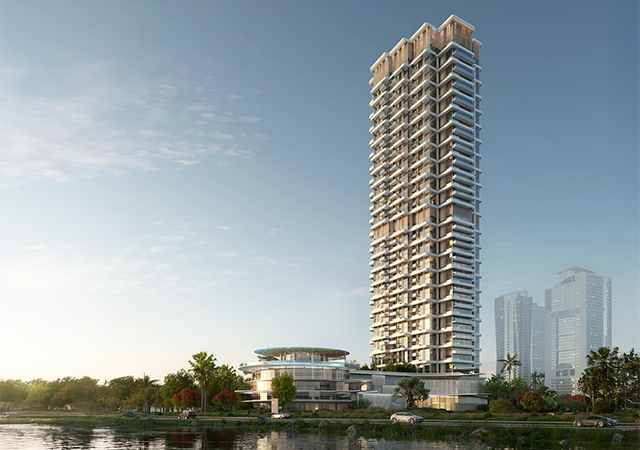
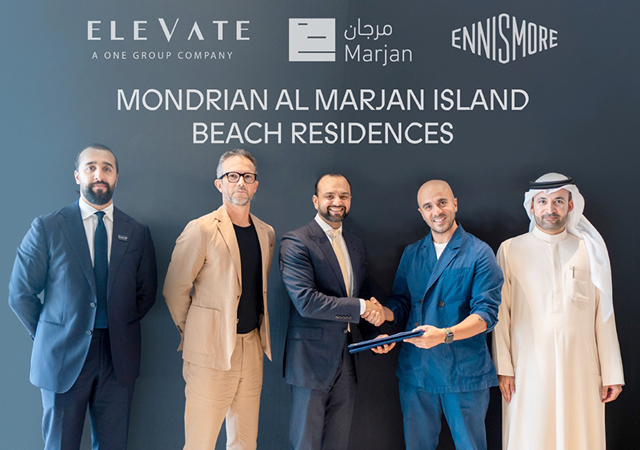
.jpg)
.jpg)
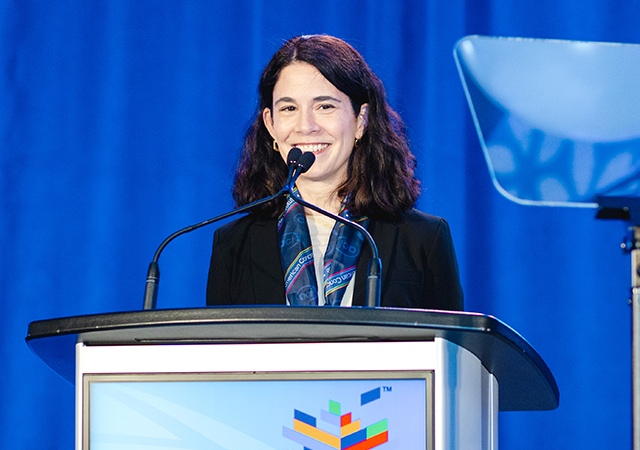
.jpg)
